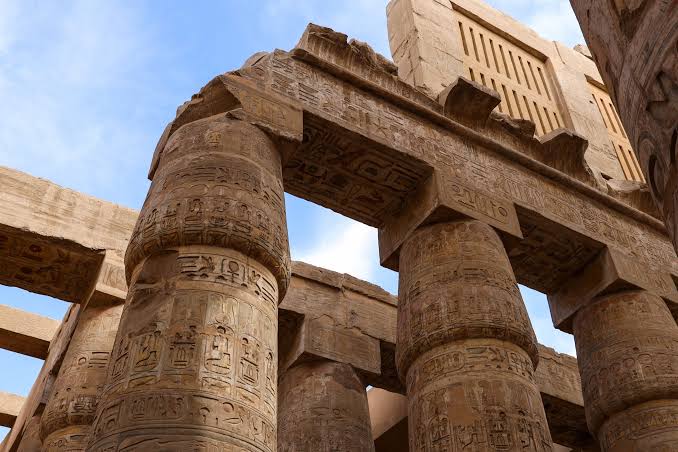Most comprehensive study of the temple complex and its surrounding land and water scapes identifies the earliest period of occupation and points to a possible connection with a creation myth.
An international team of researchers led by Uppsala University has completed the most extensive archaeological investigation of Egypt’s Karnak Temple complex to date. Situated within modern Luxor, Karnak is among the largest religious sites of the ancient world and forms part of a UNESCO World Heritage area.
The study provides new evidence about the temple’s origins, its possible connections to ancient Egyptian creation myths, and how its surrounding river landscape shaped the site’s establishment, occupation, and growth over three millennia.
“Our research presents the clearest understanding of the landscape upon which the ancient Egyptians founded their temple at Karnak approximately 4000 years ago,” says Dr. Angus Graham, Uppsala University, who led the team.
Karnak stands about 500 meters east of today’s River Nile, near the ancient city of Thebes, once Egypt’s religious capital. However, the terrain looked very different when the site was first settled.
The team examined 61 sediment cores taken from in and around the temple complex and analyzed tens of thousands of ceramic fragments to establish a timeline of environmental change. Their findings reveal how the Nile’s channels and flood patterns evolved over thousands of years, influencing where and when people could live and build.
Before around 2520 BCE, the site was likely uninhabitable due to frequent flooding by strong Nile currents. Evidence from ceramics indicates that the first permanent activity at Karnak probably began during the Old Kingdom (c.2591–2152 BCE), with the earliest material dating to between c.2305 and 1980 BCE.
The foundation of Karnak emerged when shifting river channels carved paths to the west and east of a natural terrace, isolating a raised area of land. This elevated ground became a stable island in the landscape—providing the ideal base for the first settlements and the early phases of temple construction.







